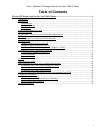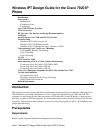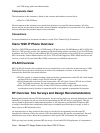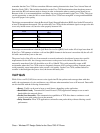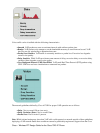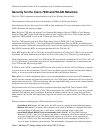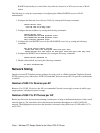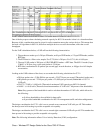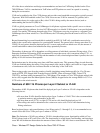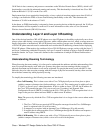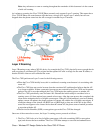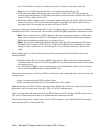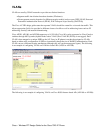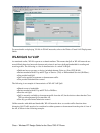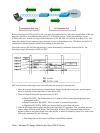
Wireless IPT Design Guide for the Cisco 7920 IP
Phone
Introduction
Prerequisites
Requirements
Components Used
Conventions
Cisco 7920 IP Phone Overview
WLAN Overview
RF Overview Site Surveys and Design Recommendations
VoIP QoS
Security for the Cisco 7920 and WLAN Networks
Network Sizing
Number of 802.11b Devices per AP
Number of 802.11b IP Phones per AP
Numbers of 802.11b Phones per Layer 2 Subnet or VLAN
Understanding Layer 2 and Layer 3 Roaming
Understanding Roaming Terminology
Layer 2 Roaming
Layer 3 Roaming
VLANs
WLAN QoS for VoIP
Interconnecting WLANs to Cisco Campus Infrastructure
Connecting APs to the Catalyst 3550 SMI or EMI
Connecting APs to the Catalyst 2950 EI
Connecting APs to the Catalyst 2950 SI
Using Cisco Emergency Responder for E911 calls with the Cisco 7920
Caveats and Limitations
Call Admission Control
Designing Around the Lack of Layer 3 Roaming
Other Caveats and Limitations
Related Information
Introduction
This document provides design guidelines and deployment recommendations for customers adding the Cisco
7920 IP Phone to an existing Architecture for Voice, Video and Integrated Data (AVVID) network. The
assumption is made that you have either an existing AVVID network for wired IP phones, or that you have
previously read the AVVID design guides. It is not assumed that you have previous Wireless LAN (WLAN)
experience. This document makes reference to several existing design guides for 802.11, IP Telephony, and
campus network design.
Prerequisites
Requirements
Readers of this document should be knowledgeable of the following:
Cisco − Wireless IPT Design Guide for the Cisco 7920 IP Phone



